It's Radiation
Researcher Ross Fellows claims to have uncovered the cause of the «Pharaoh's curse» that is believed to have killed more than 20 people who opened King Tut's tomb in 1922. The study found that the cause was radiation poisoning.
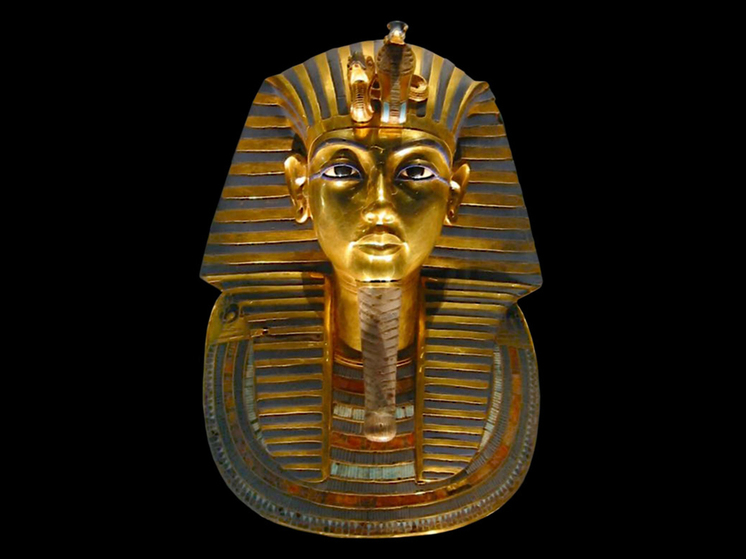
An ancient Egyptian text threatens «death from a disease that no physician can diagnose» to anyone who disturbs the mummified remains of royalty. However, scientist Ross Fellows suggested that there was a biological cause behind the deaths.
The study found that the cause was radiation poisoning from natural elements containing uranium and toxic waste that was deliberately placed in a sealed storage facility.
Exposure to the substances could lead to some types of cancer, such as the one that claimed the life of archaeologist Howard Carter, the first person to enter Tutankhamun's tomb more than 100 years ago.
The theory effectively proves that the tomb was indeed «cursed» — albeit deliberately, in a biological way — and not in a supernatural way, as some ancient Egyptologists have suggested.
Carter died in 1939, probably of a heart attack after a long battle against Hodgkin's lymphoma, which attacks the body's immune system. The cause of cancer is considered to be radiation poisoning.
Another explorer of the tomb, Lord Carnarvon, died of blood poisoning five months after Tutankhamun’s resting place. By the way, shortly after the opening of the tomb, there was a short-term power failure, and the lights went out throughout Cairo. Carnarvon's son also reported that his beloved dog howled and suddenly dropped dead.
Other people involved in the excavation died from asphyxia, stroke, diabetes, heart failure, pneumonia, poisoning, malaria and X-ray exposure — all they died at the age of 50.
British Egyptologist Arthur Weigall attended the opening of Tutankhamun's tomb, where he was accused of fueling the «myth» of the curse — he died of cancer at 54.
Inscriptions found in other burials across Egypt suggest that ancient people knew about the toxins contained in tombs. The study, published in the journal Scientific Exploration, explains that high levels of radiation have also been recorded in the ruins of Old Kingdom tombs, at two sites in Giza and in several underground tombs at Saqqara.
The same was found in the tomb of Osiris at Giza.
Fellows noted that «strong radioactivity was associated with two stone chests.»
Professor Robert Temple confirmed that the chests were made from basalt, determining that they “were a point source of radiation.” Other studies have directly measured radon levels at various sites in the Saqqara tombs.
Radon gas is an intermediate product of the decay of uranium with a half-life of 3.8 days.
Environmental concentrations of radon were found at six sites in the ruins of Saqqara: the South Tomb, the vaults of the Pyramid of Djoser, and the tunnels of the Serapeum Tomb.
Thousands of pots found under the Step Pyramid in the 1960s contained up to 200 tons unidentified substances that have not yet been identified, suggesting that the toxins were buried with the mummified remains.
“Reports of strong radiation (such as radon) in tomb ruins are broadly explained by natural background from the parent rock. However, the levels are unusually high and localized, which does not correspond to the characteristics of the limestone rock, but suggests the presence of some other unnatural source,” Fellows shared his findings.
On November 4, 1922, Carter’s group found the steps leading to the tomb Tutankhamun, and spent several months cataloging the hallway. The team opened the burial chamber and discovered the sarcophagus in February of the following year.
The tomb is considered one of the most luxurious tombs ever discovered in history, filled with a variety of precious objects.
The hoard of grave goods included 5,000 objects, including solid gold burial shoes, statues, toys and strange animals.
The small size of Tutankhamun's burial chamber, given his position in Egyptian history, has baffled experts for years. It took Carter and his team 10 years to clear the tomb of treasure.







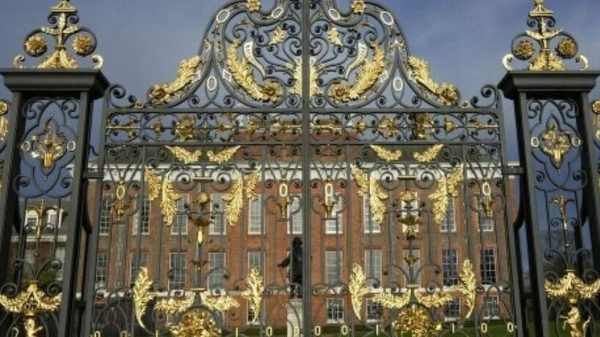

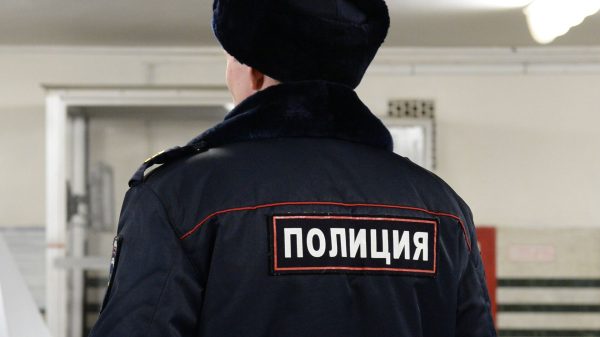





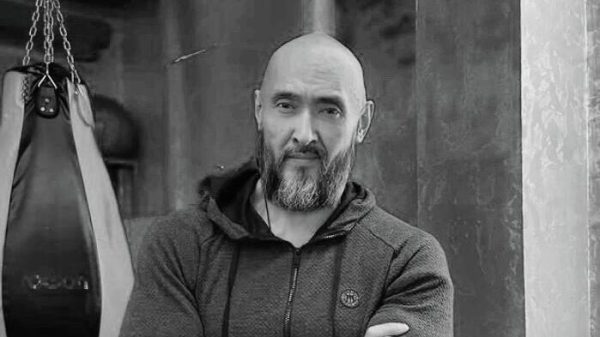

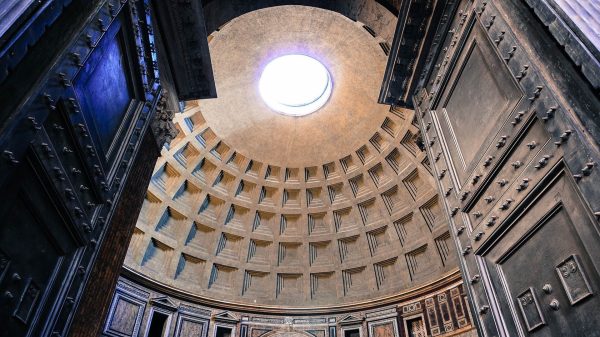

















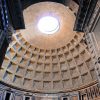






















Свежие комментарии